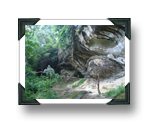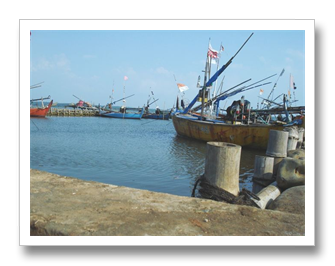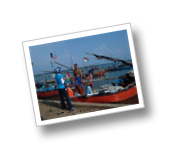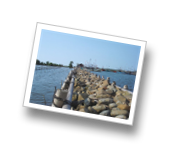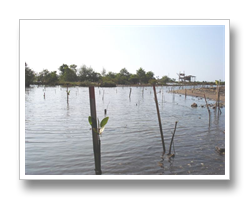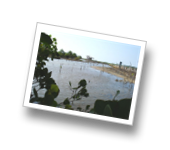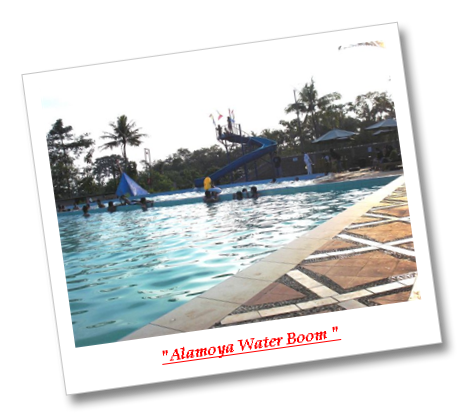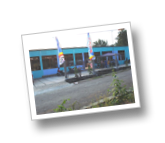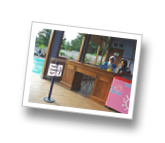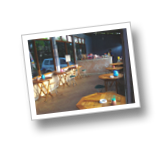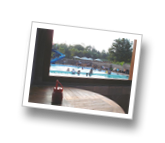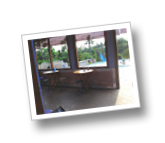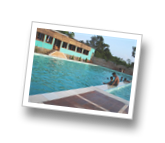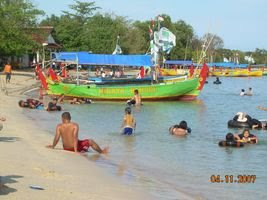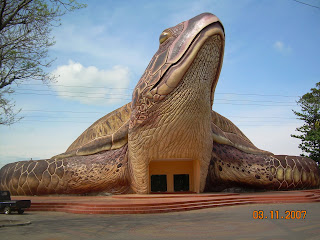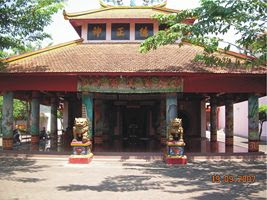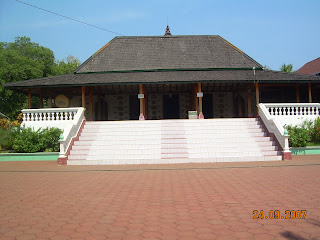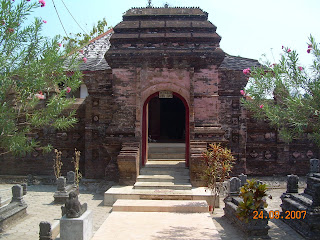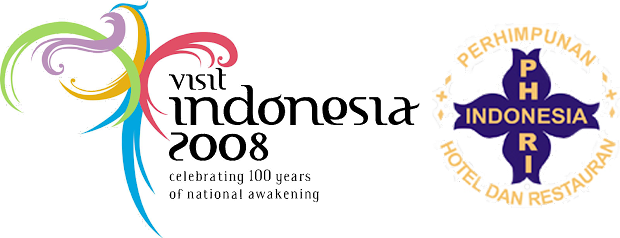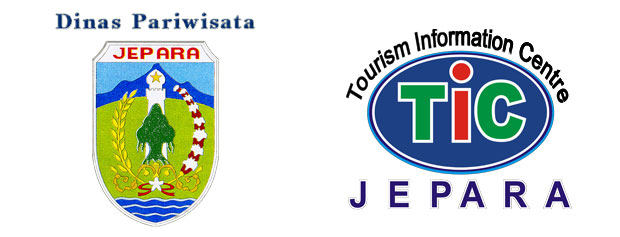Kartini was born in 1879, April 21st. Her father
RMAA Sosroningrat was Wedana (Assistant of Head of Jepara Regency Government) of Mayong sub distric . Her mother,
MA Ngasirah was a girl from Telukawur village. Her father merried her mother in 1872. Kartini’s grandparents from her mother side were a great Moslem leader, named Kyai Haji Modirono and Hajjah Siti Aminah.

RMAA Sosroningrat’s second wife named
RA Woeryan is a daughter of
RAA Tjitrowikromo (The Former Head of Jepara Regency Government before Sosroningrat). Sosroningrat had eleven children from both his 1st and 2nd wife.
The first pure air breathed by Kartini was Mayong village air (a village located 22 km south ward of town center). She was born by MA Ngasirah, an ordinary woman merried by Sosroningrat. Kartini’s eyes when she’s a baby shained bright, as if she was watching the future.
The days passed by, she did anything she wants though it was forbidden. She lived her childhoot cheerfully and she became an energetic girl. For her energetic activity, her father called her “
TRINIL”. In 1980 Kartini’s sister was born by
RA Woeryan (RMAA Sosroningrat’s second wife) and named
RA Roekmini. A year later RMAA Sosroningrat was pointed as a head of Jepara Regency Gorernment. He and his family than moved from Mayong to Jepara and lived in Jepara City Hall Complex.
In the same year, Kartini’s second sister was born and named
RA Kardinah, Kartini was so happy because of her two sister. Environment of Jepara City Hall gave big chance for Kartini to develop her activity.
Kartini’s curiousness meet her parents pay huge attention to her growth. She was a creative and smart girl, not like her two sisters. Because of her leadership, she rarely argued with her two sisters. She and her two sisters were called “
TIGA SERANGKAI”.

When she was in
EUROPESE LAGERE SCHOOL, she showed her great ability. Her skill in learning dutch language was excellent no wonder if she cold compete with dutch students both boys and girls.
In a day off, Kartini and her two sisters were asked to accompany
Mrs. Ovink Soer and her husband visiting Bandengan beach. Bandengan Beach is located on Bandengan village, 7 km north ward Jepara Town center.
The beach was often described by Kartini in her letters which she’s sent to her peenpall in Netherland. She and her two sisters followed Mrs. Ovink Soer searching for cockle shells. Mrs. Ovink Soer asked Kartini about the beach name, and replied by Kartini that the name of the beach ia Bandengan.
Then Mrs. Ovink Soer then told then in Netherland there’s also a beach look bandengan called “Klein Scheveningen”. Spontaneously Kartini had an idea to name bandengan as “
Klein Scheveningen”.
Few years later finishing her study in Europe lagere school, RA Kartini’s willing to continue her study in higher level but unfortunately she faced Javanese traditional rule which forbids woman to go to school. Moreover she’s a noble girl, she had to be secluded according to Javanese traditional rule called
“pingitan”.
According to Javanese traditional rule, a teenage girl has to be secluded and limited her activity, including Kartini. During her “
pingitan time” (a time where a teenage girl is keep inside the house and forbidden to go out until a man propose her), Kartini spent her time by reading book which she got from her relative. She believed that sadness and crying would not change anything.
She ever also asked a scholarship to dutch government and it was approved by the dutch, but finally the scholarship was given to
H Agus Salim (one of Indonesian national hero).

Although she was not able to continue her study to higher level but by her knowledge that she got by reading, she was able to establish school on backyard of Jepara city hall for local people In November 12, 1903 Kartini was getting to be merried with Head of Rembang Regency Government named
Adipati Djoyodiningrat. According to Javanese tradition Kartini had to follow to her husband’s resident in Rembang Regency. She felt very home sick during her 7th month pregnancy. Though her husband had already amused her by singing Javanese traditional songs accompanied by Javanese traditional music instrument but she did not get any better.
In September 13, 1904 Kartini gave birth a baby boy named
Singgih. Giving a birth, her condition was getting worse and worse and she finally passed away on September 17 1904 on her 25 year old aged.
Now RA Kartini has gone, but her dream and spirit will always be in our heart. Nowadays Indonesian women progress is hugely influenced by Kartini’s spirit stated on her valuable book
“Habis Gelap Terbitlah Terang”.
![CONVAR1 [320x200]](http://lh3.ggpht.com/TIC.Jepara/SDzw0Ph2_uI/AAAAAAAAAqc/Ggw_IGeepWI/CONVAR1%20%5B320x200%5D_thumb%5B9%5D.jpg?imgmax=800)









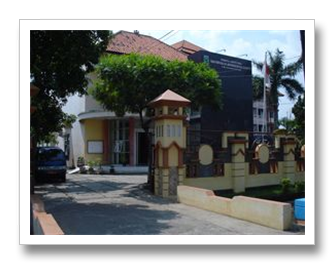
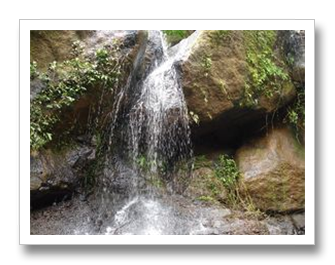
![DSC04035 [320x200]](http://lh3.ggpht.com/TIC.Jepara/SDUic_h2_QI/AAAAAAAAAls/_5Ec5MpE87E/DSC04035%20%5B320x200%5D_thumb%5B1%5D.jpg?imgmax=800)

